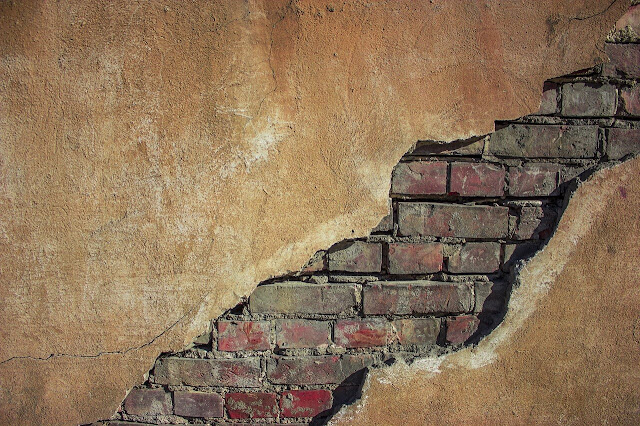There are changes in soils beneath and surrounding the foundation and structure that contributed to the problems.
Here is a list of the most common changes that occur in soil which cause foundation settlement.
For certain cases, the presence of sinkhole or cavity also can be the cause for the soil settlement problems.
Here is a list of the most common changes that occur in soil which cause foundation settlement.
- Expansive soils
- Compressible soils
- Plumbing leaks
- Weak bearing soils
- Poor compaction
- Changes in moisture content (groundwater)
- Maturing trees & vegetation
For certain cases, the presence of sinkhole or cavity also can be the cause for the soil settlement problems.
From year 2010 to 2015, there are 182 cases involving soil settlement or ground settlement reported in Malaysia (Kementerian Kerja Raya Malaysia,2015).
Geophysical technique could assist geotechnical engineer or house owner to identify the causes for this problems by locating or identify the root causes happened underground.
Electrical Resistivity Imaging (ERI) and Multi-channel Analysis of Surface Wave (MASW) are among the effective geophysical method to tackle these problems.
Electrical resistivity imaging (E.R.I) can profile or map the suspected area. This geophysical technique is capable in mapping and locating water containing zone or groundwater, loose soil and clay material.
As example, for soil settlement induced by groundwater or leaking pipe; electrical resistivity imaging technique can locate and image the extend of the affected area below the ground.
Which Geophysical Method?
Geophysical technique could assist geotechnical engineer or house owner to identify the causes for this problems by locating or identify the root causes happened underground.
Electrical Resistivity Imaging (ERI) and Multi-channel Analysis of Surface Wave (MASW) are among the effective geophysical method to tackle these problems.
How These Geophysical Techniques Could Help?
Electrical resistivity imaging (E.R.I) can profile or map the suspected area. This geophysical technique is capable in mapping and locating water containing zone or groundwater, loose soil and clay material.
As example, for soil settlement induced by groundwater or leaking pipe; electrical resistivity imaging technique can locate and image the extend of the affected area below the ground.
The result will show different resistivity contrast which is can be identify as groundwater, clay or other loose materials.
Soft soil typically characterized by its low shear strength, high compressible and low permeability. Multi-channel Analysis of Surface Wave (MASW) measures the seismic surface waves generated and then finally deduces shear-wave velocity variation below the ground.
Soft soil typically characterized by its low shear strength, high compressible and low permeability. Multi-channel Analysis of Surface Wave (MASW) measures the seismic surface waves generated and then finally deduces shear-wave velocity variation below the ground.
Shear-wave velocity (Vs) is one of the elastic constants and closely related to Young’s modulus. Under most circumstances, Vs is a direct indicator of the ground strength (stiffness) and therefore commonly used to derive load-bearing capacity.
From here, we could know the settlement occurs due to soft soil or other sources.

.jpg)